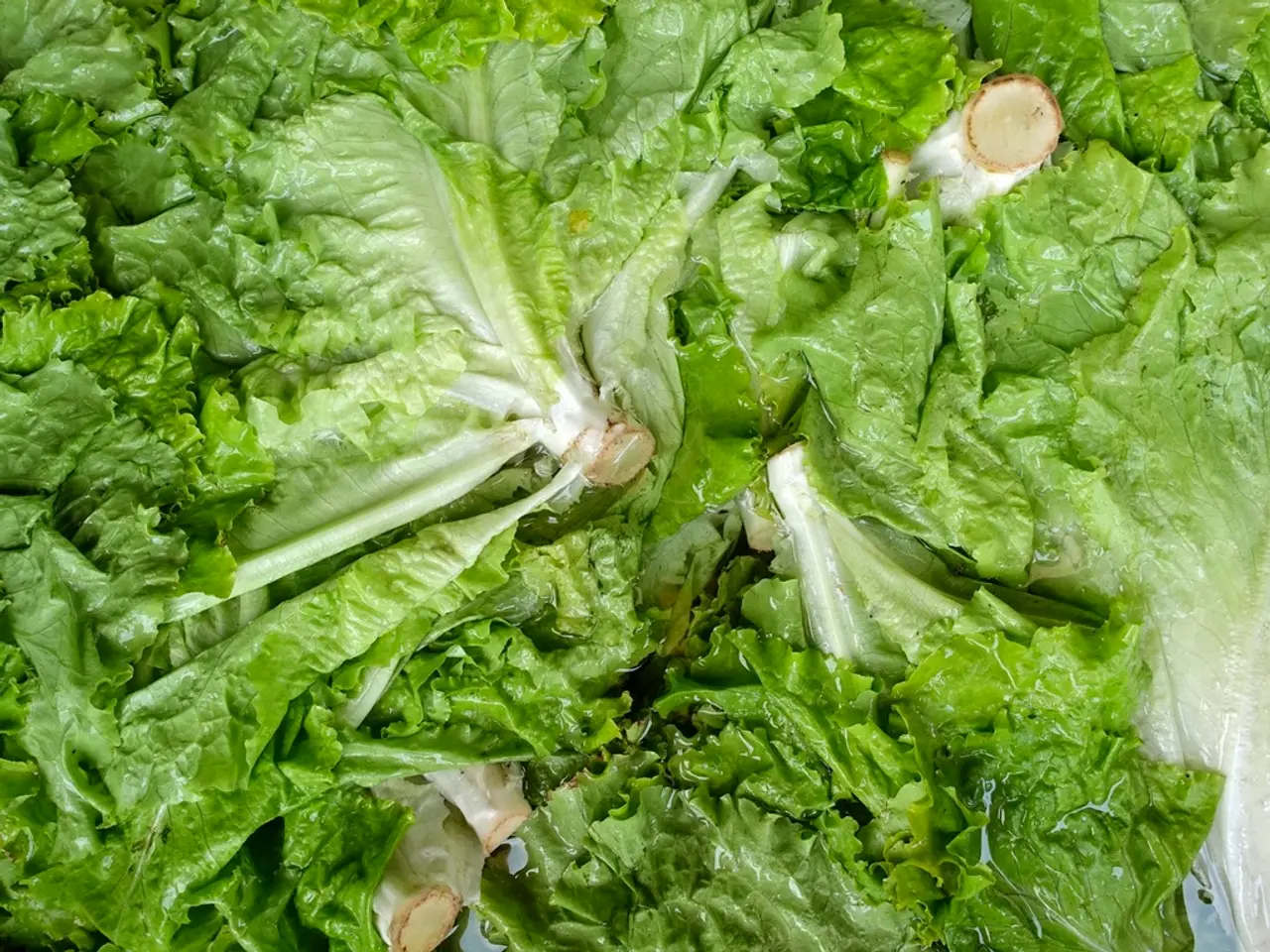Harvesting and Utilizing Prickly Lettuce: Tips on Recognition and Applications
Wild Lettuce, a common sight in many parts of North America, is more than just a roadside weed. This biennial plant, belonging to the Lactuca genus, offers a variety of uses, from culinary delights to medicinal benefits.
In its first year, Wild Lettuce begins as a basal rosette of leaves. As it enters its second year, it starts to grow taller, with flower stalks reaching up to 16 feet in some species. These stalks can be harvested and used as a vegetable, similar to asparagus.
Wild Lettuce flowers are composite in shape, resembling miniature dandelions, though they may come in different colours. They can be distinguished from Dandelion by the triangular-shaped midrib of their leaves and the taller height of their flower stalks.
The leaves of Wild Lettuce vary among species, but are generally long and narrow, with some being runcinate or lobed. For instance, Canada Wild Lettuce leaves are runcinate or deeply lobed and glabrous except for along the midrib. On the other hand, Bitter Lettuce leaves are usually oblong to lanceolate with undulating margins and waxy and gray-green.
One unique characteristic of Wild Lettuce is the white latex sap that exudes when its parts are broken. This sap is present in all parts of the plant.
Wild Lettuce contains lactucarium, a compound that can help relieve pain and sleeplessness. This compound has the highest concentrations while the plant is flowering, making it an ideal time for harvest.
The most common medicinal preparation of Wild Lettuce is wild lettuce tincture, which allows you to preserve the medicinal benefits for use anytime. It can be used medicinally in teas, tinctures, lozenges, or other internal medicines to relieve joint pain, sore throats, insomnia, and other pain and soreness.
In terms of culinary uses, Wild Lettuce makes a delicious salad green, particularly those leaves from Canada Wild Lettuce. Older leaves and those of certain species may be more bitter and not ideal for fresh eating, but can be used as a potherb or in soups, stir-fries, and stews.
It's important to note that while Wild Lettuce can be harvested and used, it should be consumed in moderation due to its bitter taste and potential for side effects. Always ensure to properly identify the plant before consumption, as there are other similar-looking plants that may be harmful.
The wild lettuce (Lactuca virosa) in North America is primarily found in the eastern United States, extending from the Midwest to the East Coast, often growing in roadsides, fields, and disturbed grounds. So, next time you're out for a walk, keep an eye out for this versatile plant!
Read also:
- Flu Vaccination Timing and Symptoms to Watch Out For
- Executives at Lipton Teas Recognized as Trailblazers in the Consumer Packaged Goods (CPG) sector by Top Women in Grocery
- Refining Your Bonsai Presentation: Exploring Selection for Pots, Accessories, and Tools
- Explosive Growth Forecasted for the Asphalt Shingles Market, Reaching a Whopping USD 11.2 Billion by 2034







